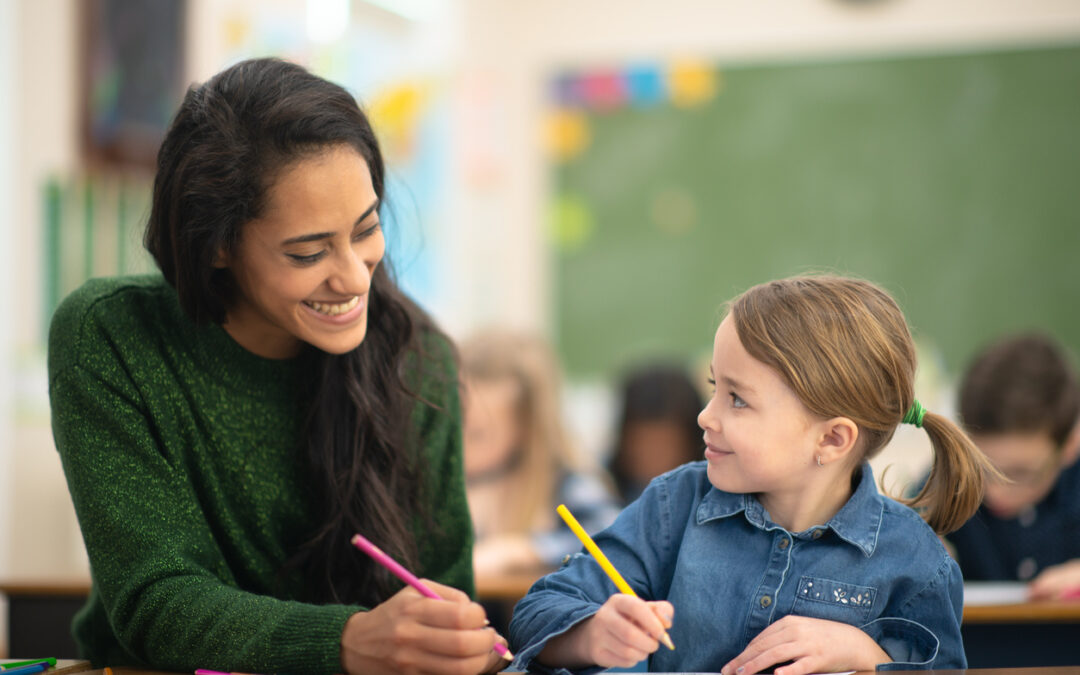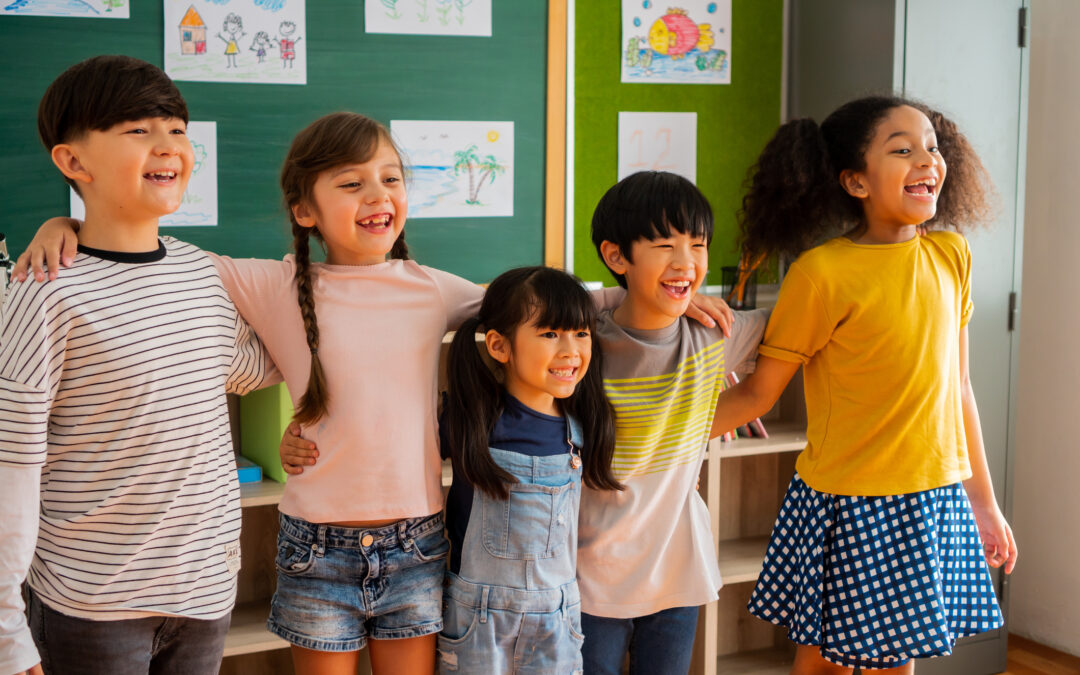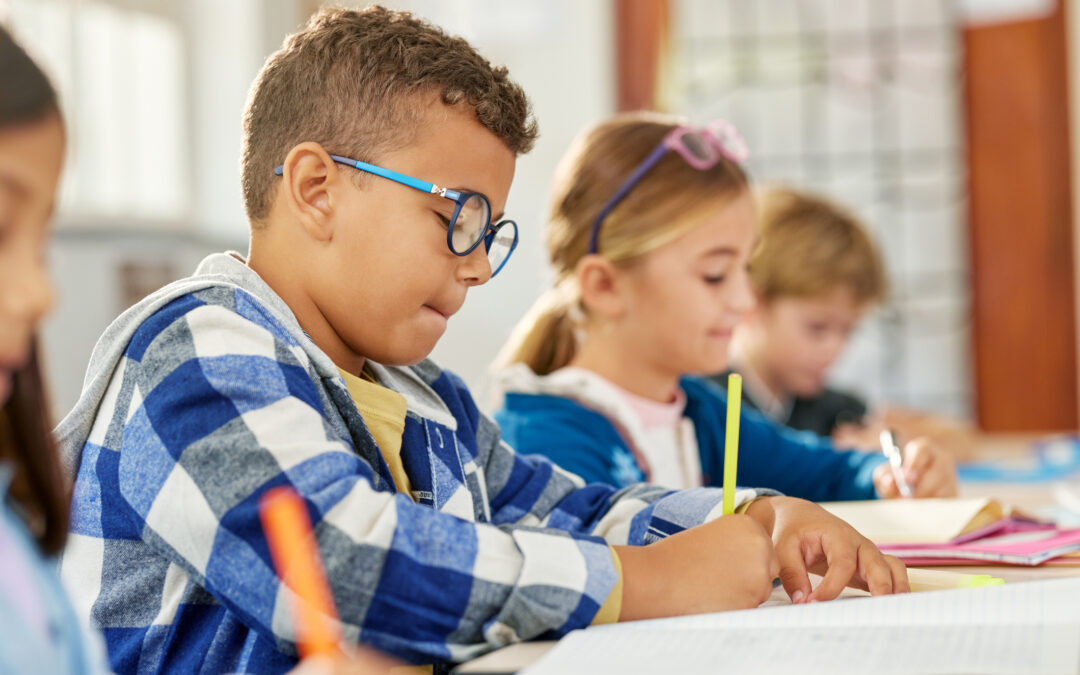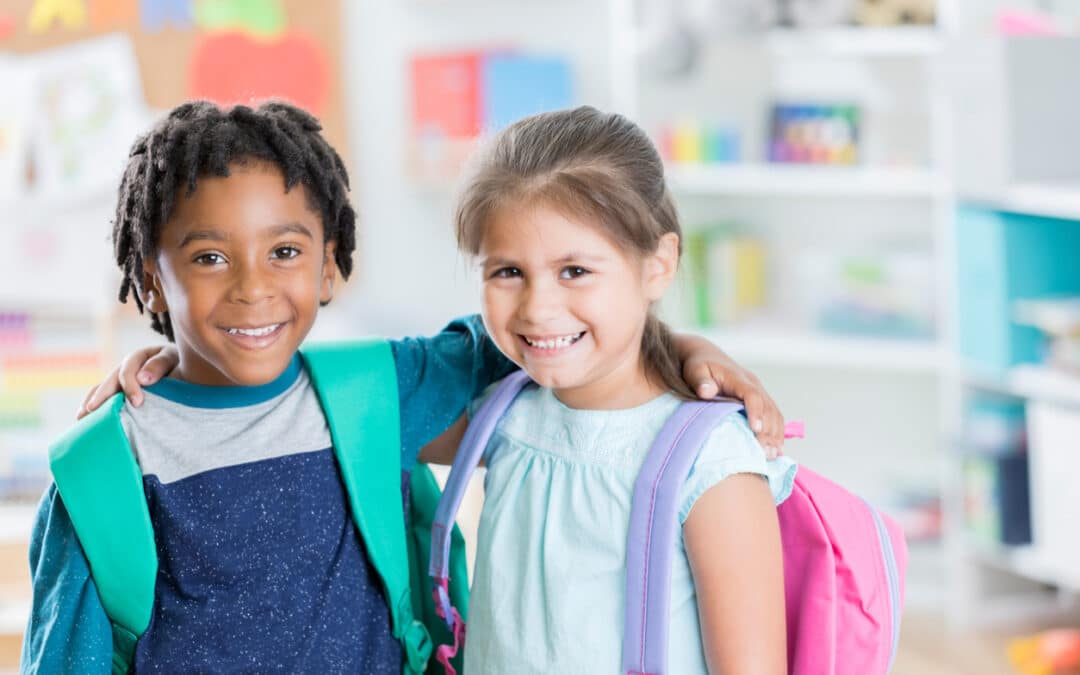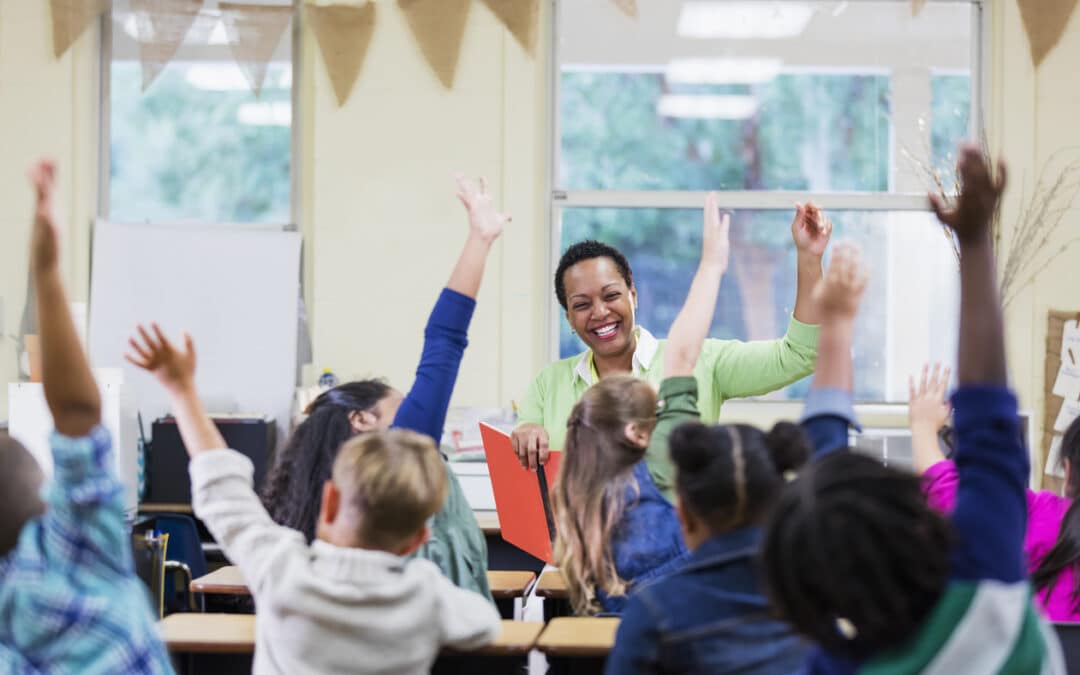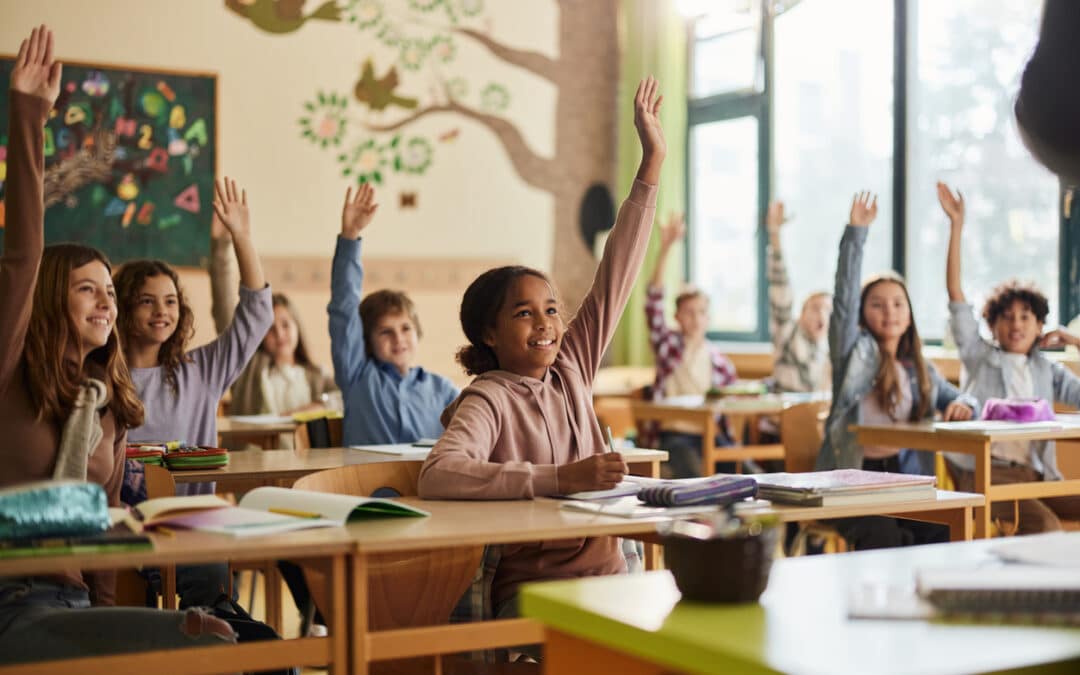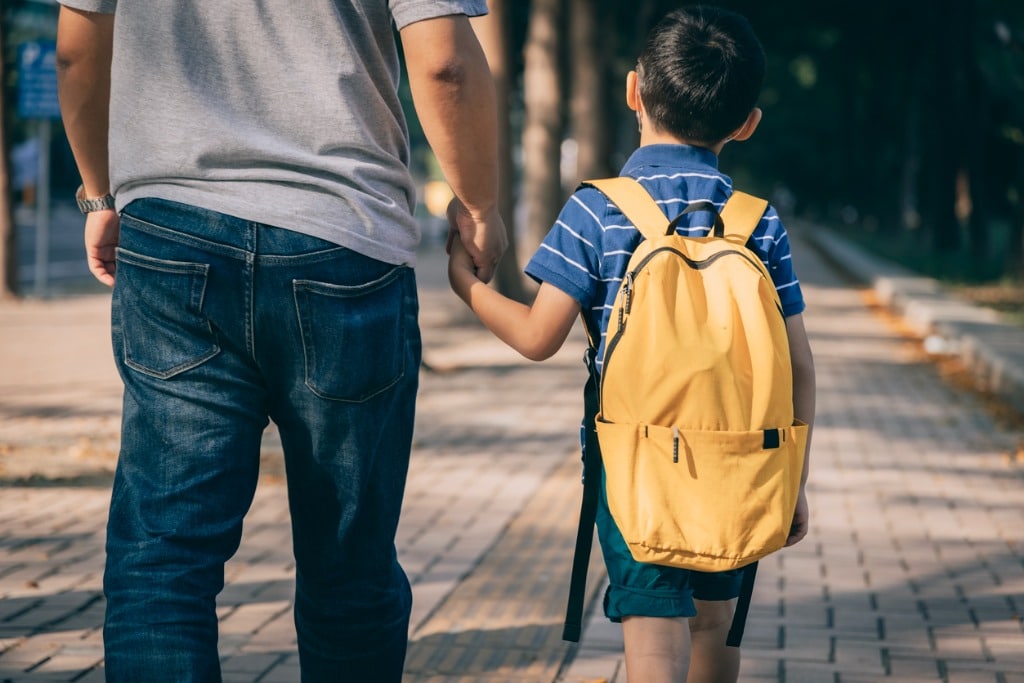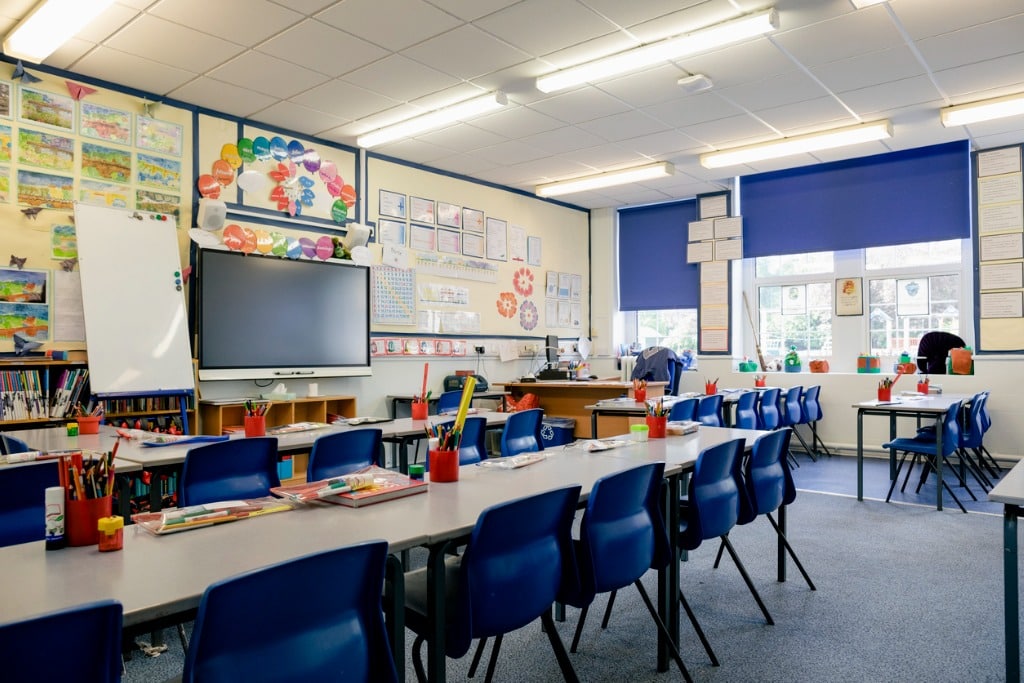
What are the Benefits of Social-Emotional Learning?
Social-emotional learning (SEL) is an increasingly popular topic in the world of education. Today, emotional intelligence is playing such a crucial role in success. So it is no surprise that educators are looking for ways to teach students how to understand and manage their emotions.
Social-emotional learning is essential because it:
- increases self-awareness
- contributes to academic performance
- helps to build positive behaviors all around
Social-emotional learning increases self-awareness in children and helps them regulate their emotions. These skills will be vital for managing stress and their mental health as they grow up. It also teaches kids how to empathize with others and treat them with respect regardless of age, race, gender or religion. This is an essential long-term skill that will help them in life.
Furthermore, kids who are taught about social-emotional learning have a greater chance of succeeding academically. They are more likely to be engaged and work hard for their success and the success of others. This helps them build positive relationship skills and serves as a solid foundation for their future.
Visit Any Blog Below for Helpful Social-Emotional Learning Strategies
What is SEL in Education?
Social-emotional learning is a cross-curricular approach to teaching that focuses on the social and emotional skills of children. SEL is an essential tool in helping kids achieve their full potential. It helps increase social awareness, builds positive behaviors all around and contributes to academic performance.
Social-emotional learning isn’t just about understanding how emotions affect us. It is also about understanding how they affect others and how to positively manage them.
Why is Social-Emotional Learning important?
Foremost, social-emotional learning increases self-awareness. It also teaches kids how to have empathy for others and treat all people with respect. Also, it contributes to academic performance by helping students work hard and engage in their studies. This is the first step towards success in education, future employment and relationships.
Social-Emotional Learning in the Classroom
Social-emotional learning in the classroom is a cross-curricular approach to teaching that focuses on children’s social and emotional skills. It teaches kids how to manage their emotions positively, which will be vital for managing stress as they grow up.
Social-Emotional Learning Strategies
Some of the strategies that teachers can use in the classroom are:
- Reflective listening - This is a strategy where students reflect on what they think and feel about an experience
- Positive reinforcement - As children grow up, it’s essential to teach them to control their emotions.
Social-emotional learning is an essential tool for kids to learn how their emotions affect themselves and others. It also helps in the classroom by increasing self-awareness, teaching empathy skills, contributing to academic success and developing positive behaviors.
Other Categories
Love this content?
Subscribe and you’ll be the first to know about helpful teaching strategies, engaging classroom activities, ways to save in your classroom and more, all straight to your inbox!
Our Story
We provide teachers and schools with a FREE hands-on writing activity that motivates students to write and inspires students to learn by turning their stories into professionally bound books.
Learn More






